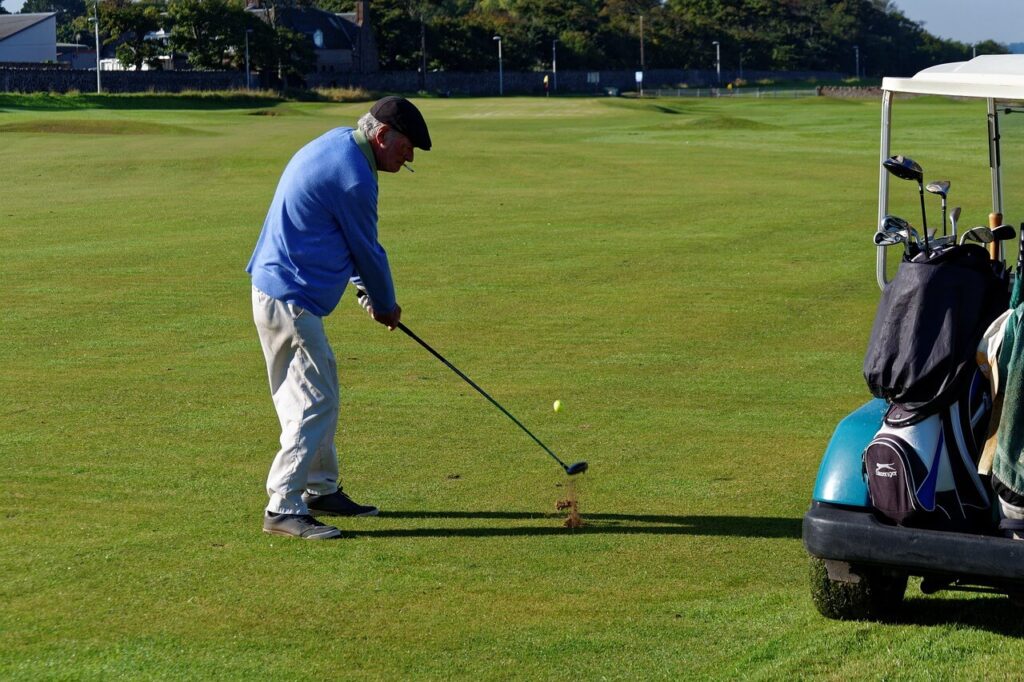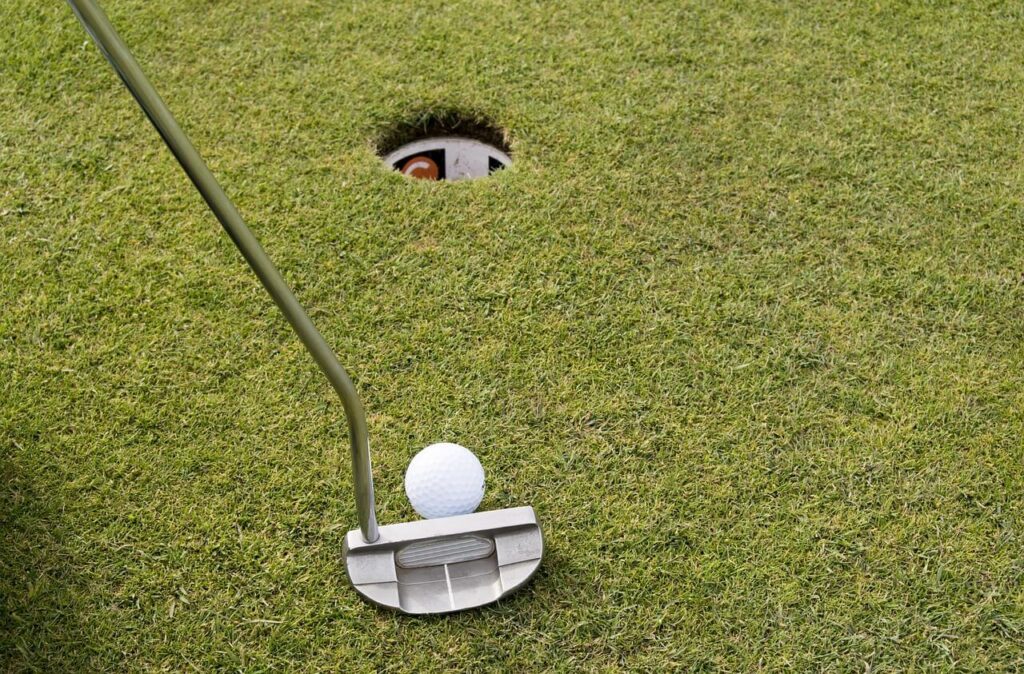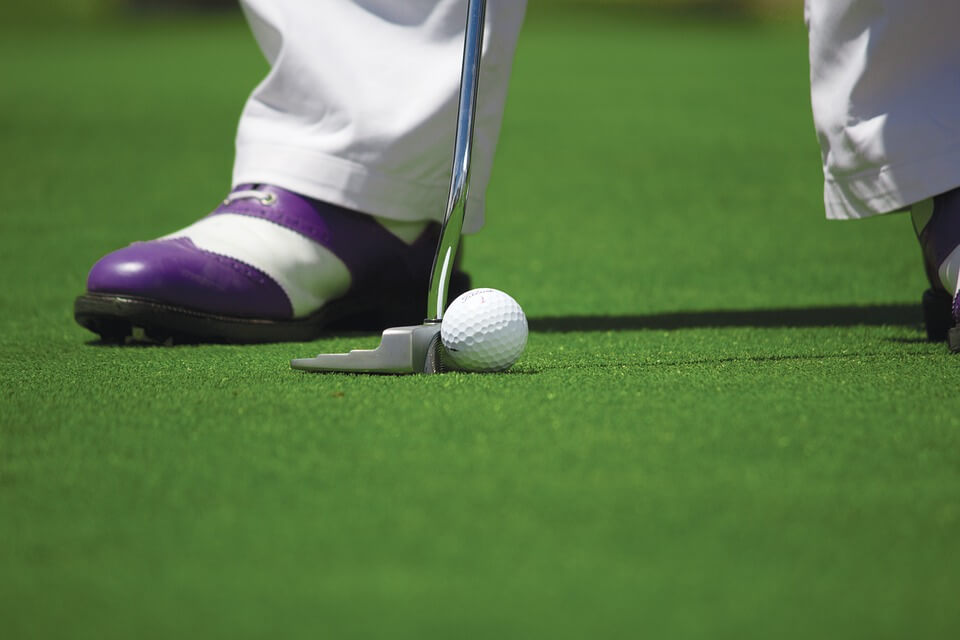
The game of Golf has changed – for the better in the past few years.
From metal clubs and solid-core balls to graphite shafts and swing styles, the game of golf today is much different than what it used to be.
Golf swing techniques improved vastly
The swing speed improved vastly as golfers began to use graphite shafts instead of steel clubs. This allowed for an increase in distance, as well as better accuracy and control. Improved swing mechanics in golf athletes have also contributed to the increase in power generated by a golfer’s drive.

Golf courses developed greatly
Golf courses have been updated and redesigned over the years to better accommodate today’s modern game. Designs take into account advancements in technology and construction that allow golfers to hit shots they weren’t able to reach before. Different tees offer varied lengths and difficulty levels, allowing all players to enjoy the game regardless of their skill level.
Golf clubs evolved
Golf clubs have been updated as well, with new materials and designs making them lighter, and more durable, but let’s go one by one and take out some of the major improvements that happened over time.
Graphite shafts upgraded
Graphite shafts in golf have evolved over the years, they are lighter, have a better feel, and they make the ball fly longer.
In the past, the choice between graphite and steel was a simple one. The heavier weight of steel shafts kept the ball lower. That is not the case anymore. Steel shafts are not for everyone. Those with joint or muscle problems may be best off with graphite.
Compared to steel, graphite shafts provide extra forgiveness for mishits. The material also makes it easier to release the club head. This helps keep your hands from stinging when you hit a hard shot.
Metal club heads improved

These club heads are made from a variety of materials including graphite, titanium, aluminum, stainless steel, and zinc. Each material has its own advantages and disadvantages.
Metals are lighter, stronger, and more durable. They can also be used to produce large club heads. This technology has revolutionized the way club manufacturers make clubs.
Metal club heads come in a variety of shapes. Most have been engineered to mimic jet aircraft. Some are coated with protective polyurethane. Traditionally, these clubs have been constructed using 17-4 stainless steel, though other materials, such as titanium, are beginning to make a mark.
The use of metal has allowed for larger heads that allow for better distance. For example, an oversized driver can help a player hit the ball farther and straighter.
Another advantage of this type of club head is its ability to give a kick. While some metals have been known to scratch and dent, modern alloys are much better.
Although the first golf club made of metal was a wooden block, most of these clubs are now produced from carbon composites.
The USGA has imposed a limit on club head size, which is supposed to protect the history and tradition of the sport. However, the pace of innovation has not slowed since 1991.
The benefits of using titanium, carbon graphite, and other advanced materials have proven themselves. Titanium offers excellent strength and is lightweight. Carbon graphite is less dense than other materials, which means it can be repositioned elsewhere in the club head.
Solid-core balls developed

From a golf ball that was primarily wound with rubber thread to a multi-layer ball that was constructed with synthetic materials, golf balls have evolved in response to a wide range of performance needs.
Today’s balls offer improved aerodynamics, improved distance, and better control in the short game.
Initially, a solid core golf ball was made of a rubber composition with a coating of gutta-percha. It was called the Haskell golf ball, named after Coburn Haskell, a wealthy American amateur golfer, and Goodrich Rubber company engineer Bertram Work.
In the early 1900s, the Haskell ball was produced and introduced in Britain. As a result of its popularity, many companies began making solid and wound golf balls. Some of the best-known golf balls of today were made with this type of construction.
In the 1960s, a new synthetic resin was developed. This provided a durable cover and improved ball speed. Ionomer resin became a popular cover material for wound golf balls.
Golf balls were also re-shaped to provide more control in the short game. Manufacturers fine-tuned the “feel” of their balls, and the ball’s length and spin were increased to accommodate the needs of different players.
In the late 1980s, three-piece golf balls became more popular. Three-piece solid balls have a two-layer core, which is covered with a mantle of other materials. Compared to a two-piece ball, the three-piece ball spins more sideways.
A modern solid-core golf ball is manufactured with a high-restitution core. This allows the ball to fly farther and slice less. Soft cores are more suited for controlling the ball’s flight around greens, while stiffer cores are more suited for driving and speed.
Today, most golf balls are designed with solid construction. They are available in two-, three-, or four-piece designs. Although all three-piece balls are currently commercialized, not all four-piece balls are. Several patents have been filed for new, innovative four-piece balls.

Swing styles improved
Golf is a sport steeped in history, and the various styles of swinging the club have been around for centuries. It wasn’t until recently that golfers started to understand the various swing styles, and how they can help you improve your game.
The Stance and Setup Swing
The Stance and Setup Swing style is one of the oldest and most widely used among professional golfers. This involves setting your feet up properly to create a solid base that you can use to hit the ball with power and accuracy.
The approach is focused on the way you stand, your posture, and how you move your body. Once the stance is set, it’s a matter of transferring your weight properly to create momentum and power behind the shot.
The full swing
The Full Swing style is one of the more modern styles in golf, with an emphasis on full-body motion and rotation. The key here is to keep the body in balance while rotating around the spine and hips to generate power.
This style of swing has become increasingly popular with professional golfers, as it allows them to hit longer shots with greater accuracy.
The one-plane swing
The One-Plane Swing is a newer style that has been gaining popularity over the last decade. It involves making a single plane of motion throughout the swing, eliminating any unnecessary movements and allowing for greater accuracy and control.
The key here is to keep your club on a single plane from start to finish, rather than relying on too much wrist action or body rotation.
The stack and tilt swing
The Stack-and-Tilt Swing has become increasingly popular in recent years. This style involves stacking your body weight on your back foot and using a tilt in the stance to create power.
The focus here is on keeping the lower body very still while using more of a rotation through the upper body and arms to generate power.
Final word
Golf has seen a lot of changes in recent years, from equipment advancements to rule modifications.
The introduction of larger drivers, hybrid clubs, and new golf ball designs have all contributed to longer shots off the tee as well as more accuracy on approach shots into the green. This has made the game even more enjoyable for players, who are able to hit the ball farther with less effort.


[…] How has Golf changed over the years? – Taazakhabar NewsGolf swing techniques improved vastly · Golf courses developed greatly · Golf clubs evolved · Graphite shafts upgraded · Metal club heads improved · Solid-core balls … […]
[…] How has Golf changed over the years? – Taazakhabar NewsGolf swing techniques improved vastly · Golf courses developed greatly · Golf clubs evolved · Graphite shafts upgraded · Metal club heads improved · Solid-core balls … […]